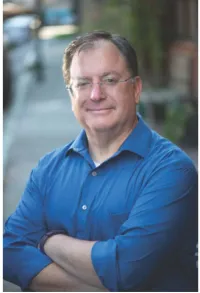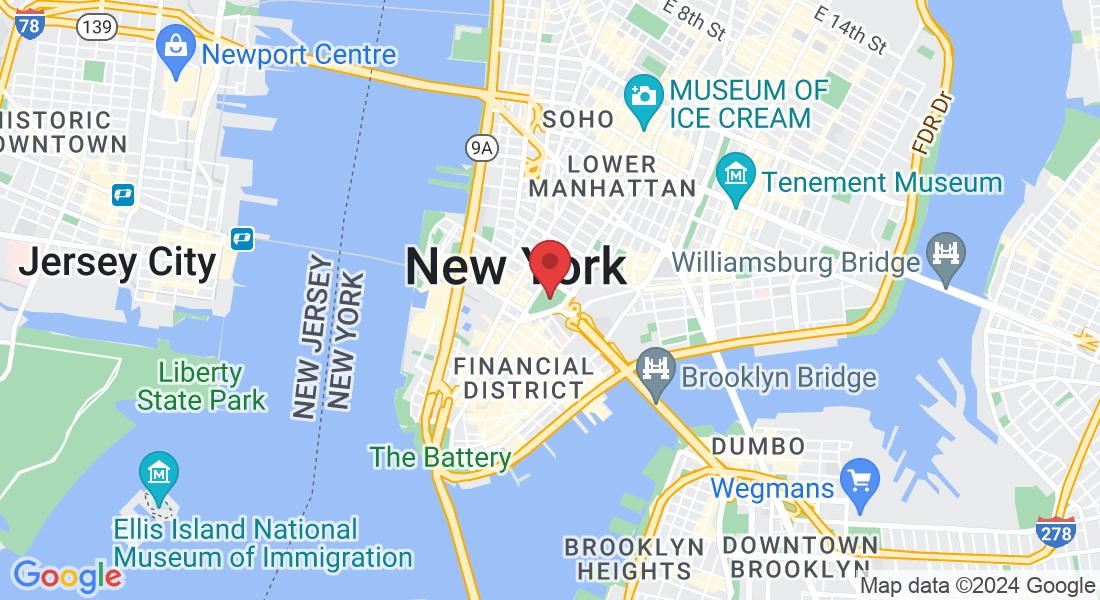THE RIGHT WORDS
AT THE RIGHT TIME
WITH CONFIDENCE
THE RIGHT WORDS
AT THE RIGHT TIME
WITH CONFIDENCE
Get the acclaimed handbook
for public relations and public information pros
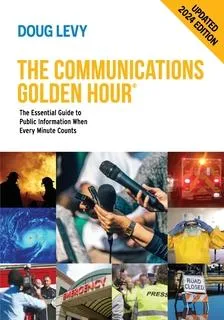
The Communications Golden Hour:
The Essential Guide to Public Information When Every Minute Counts
Doug Levy
Expert Insights on Presentations, Data Breaches, and Legal Developments in Social Media: Doug Levy's Latest Blog Posts
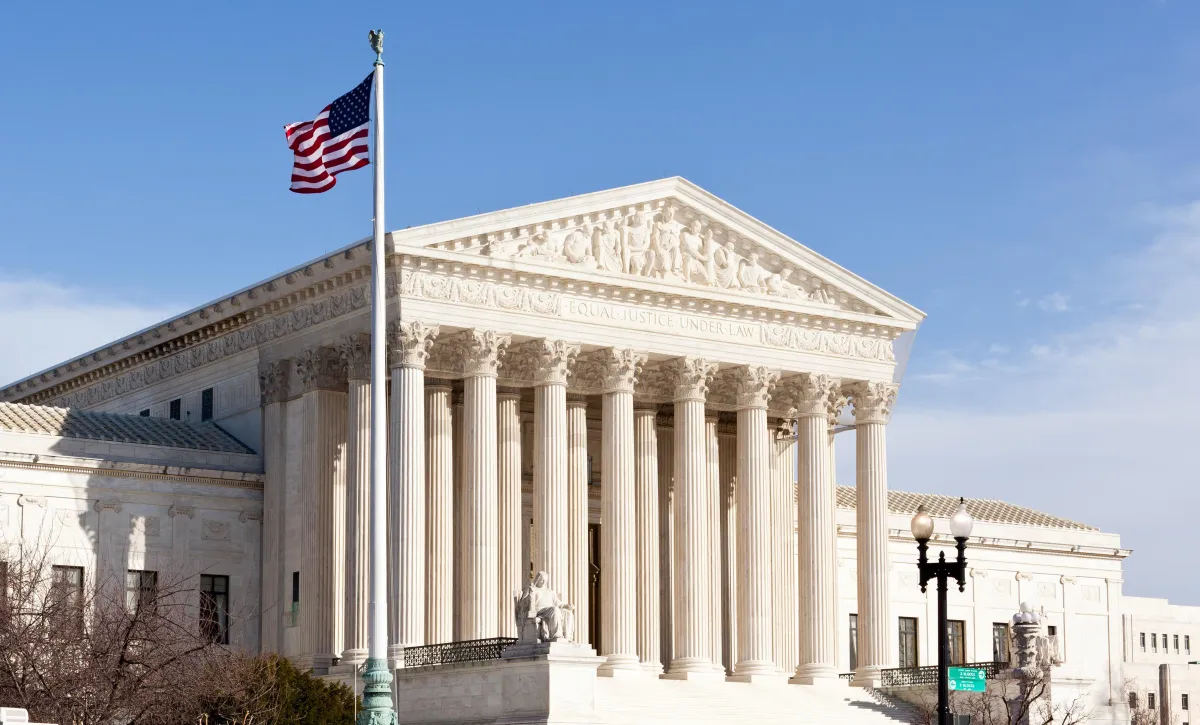
Supreme Court clarifies when public officials can block critics from social media
"While public officials can act on behalf of the State, they are also private citizens with their own constitutional rights." - Supreme Court Justice Amy Coney Barrett in Lindke v. Freed
The Supreme Court issued an opinion on March 15 supporting guidance that I and many other public information experts have long advocated: keep personal and public social media accounts separate. Now, this boundary is even more important.
In Lindke v. Freed, the Court held that the First Amendment prohibits a public official who uses their personal social media account for government purposes from blocking or deleting comments. This also means that public officials may block or delete from their personal accounts when they act outside their official authority.
Lower courts were equivocal on this question, although courts have consistently ruled that public agencies and public officials cannot selectively block individuals or delete certain comments from official social media accounts. As with all forms of citizen-government interaction, restrictions on public social media accounts, if any, must be content-neutral.
While the Court’s opinion leaves many issues for other cases, it clarifies when personal social media functions as official government action. Factors include the timing of posts and whether bios or photos include official information.
The test established in Lindke is that an individual cannot block a person or delete their comments from their “personal” social media accounts if the answer to these two questions is yes:
Did the individual posting to social media have actual authority to speak on behalf of the government, and
Was the individual “purporting” to exercise that authority with the social media post(s.)
An important element in the Court’s reasoning is that almost all public officials are allowed private interactions with friends or others outside of their official capacity. Problems occur when officials mix these two distinct categories of communication. (I say “almost” all officials because certain very high-level positions, such as president of the United States, have narrow zones of privacy.)
Based on this ruling, here are some guidelines:
Publish official information on official agency social media accounts first. If others want to repost on personal accounts, they should link to the official source. I recommend that such reposts should not include personal commentary or information other than what is contained in the official information published elsewhere.
Individuals who post official information on their own accounts in their government capacity cannot delete comments or block detractors.
Do not use official photos or government titles on personal pages. Personal pages of public officials should clearly indicate “This is a personal page” or “For official business, visit [link.]” Profile pictures showing a person in a police uniform have never been appropriate for personal social media accounts. Now, using such photos could make the accounts official, based on the Lindke test.
Create separate official social media accounts for senior leadership positions that are distinct from personal accounts. Official accounts should be controlled by the agency and transferred to new office holders when transitions occur.
For a good example of how to manage public social media accounts, check out the New York City Police Department’s accounts on X (formerly Twitter.) Every NYPD precinct has an official account with the precinct commander’s profile photo and name. When new commanders take over, the account profile is updated but stays with the precinct. Some commanders establish their own personalities on social media, but they are always speaking or writing in their official capacity. As such, they cannot block or delete comments or other posts. Nor do they get to take the official X account to their next position.
While the ruling helps define how the First Amendment and other laws apply to social media, it leaves room for future debate — and litigation. Writing for the court, Associate Justice Barrett suggests that deleting irrelevant comments might be permissible, such as comments about health code enforcement on an account of someone in a government department that has no role in that.
The ruling also creates a safer lane for government employees who are not official spokespersons or have no policy roles. For example, a police public information officer (PIO) could be considered to be acting in their government capacity anytime they speak about public matters. However, administrative workers or non-supervisory police officers probably can post personal comments about public matters without being considered to be acting on government authority, as long as they are not claiming or suggesting that they are speaking officially.
As with many court decisions, there’s plenty that remains murky. For example, if an official has a clearly personal social media account and chooses to repost a social media item from a city or other official account without adding comment, that may not make the personal account public. However, if a police chief or other official posts official information on their personal account, that account likely would be considered public even if that was not the intent. This would be especially true if official information is posted on the chief’s account before it shows up anywhere else.
I’m hoping most police departments already use their official accounts as the main source for information. This ruling should reinforce any efforts to persuade others that this is the best practice.
For further reading:
The full opinion is at 22–611 Lindke v. Freed (03/15/2024) (supremecourt.gov)
Other media coverage:
Supreme Court clarifies when public officials can block citizens on social media — Government Executive (govexec.com)
A Supreme Court social media ruling could set new free speech standards | AP News
SCOTUS Says Officials Who Block Social Media Critics Might Violate First Amendment (reason.com)
Supreme Court sets rules for officials who block social media critics — The Washington Post
For general guidance and best practices on social media for public agencies, read my book, The Communications Golden Hour: The Essential Guide to Public Information When Every Minute Counts (Public Safety Press, 2023.) The expanded 2023 edition has wisdom from some of the best social media managers across public agencies.
Doug Levy is a strategic communications consultant and media trainer who has worked with government, academic and other organizations for more than 20 years. He is author of The Communications Golden Hour: The Essential Guide to Public Information When Every Minute Counts (Public Safety Press, 2nd edition, 2023.) Previously he was a reporter for USA Today and other national media outlets. He is admitted to practice law in Maryland but is on inactive status. For media training or other information, visit https://www.douglevy.com.
Communications Golden Hour® Workshops
Get your team ready for any communications challenges ahead with a customized workshop based on the Communications Golden Hour method. By focusing on what needs to happen in every situation, your team can confidently address each new situation, knowing they can craft the right messages and deliver them effectively.
Key messages
Reputation strategy
Media relations
Internal communications
Leadership support
Crisis preparedness
Artificial intelligence (AI)
Social media
Community engagement
Learn how to confront misinformation and deliver effective messages
Doug In The News
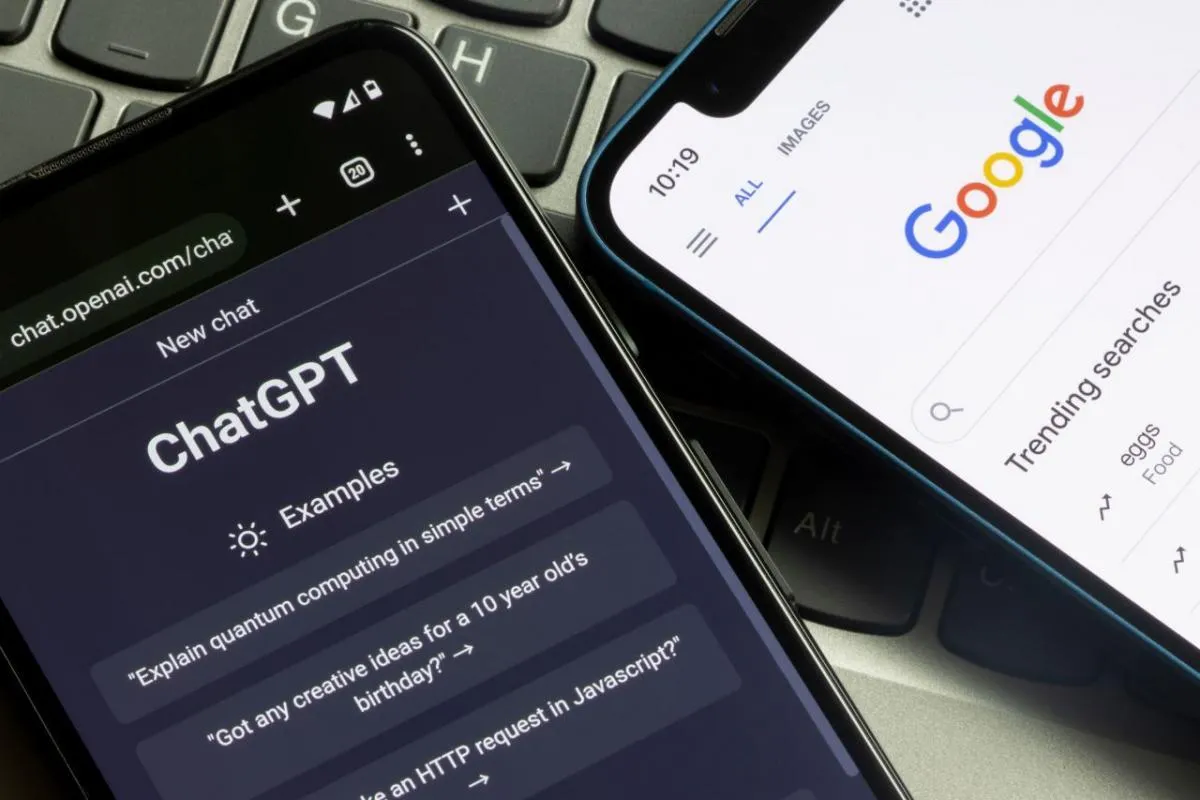
"For government officials,
the potential for generative AI to create
misinformation on a large scale
is only part of the calculus.
AI can distribute and amplify information, especially if it is trained to follow previously established patterns."
Just as public officials had to master social media, today’s government officials are in the same position with artificial intelligence. For government officials, the potential for generative AI to create misinformation on a large scale is only part of the calculus.... Instead of spending several minutes creating a social media post, city officials can use AI to create 10 posts tailored to specific audiences in seconds..... If there is an emergency, the faster and better you get your content out, the harder it is for misinformation to dominate and confuse.
Know what to say & how to say it
Whether you are a government public information officer, a corporate public relations professional or a leader in any organization, you must have the skills and confidence to step in front of any audience. In the 20 years since I left daily journalism, I've been coaching academic, nonprofit, corporate and government leaders so that they are able to deliver important information - clearly and confidently. I'm eager to help you prepare for media or other public interactions, internal presentations or anything else.
decades of solid experience
I began my career as a broadcast journalist in the 1980s, eventually covering the federal government and other beats for national media outlets based in Washington, D.C. From 1993-1999, I was a reporter for USA Today, covering healthcare, science and technology.
After leaving journalism in 2000, I started my second career as a corporate communications consultant. I've specialized in crisis communications across many different industries.
My clients have included organizations that experienced violence directed at scientists or leaders, public protests and criminal or ethical lapses, as well as companies facing more “routine” crises such as industrial accidents or customer injuries, product liability or other litigation, and executive or corporate transitions.

AWARD WINNING JOURNALIST
My investigative reporting won numerous honors, including a Peabody Award in 1987 for a documentary series that probed how "superstar" charities collected, used or misused millions of dollars donated for Ethiopian famine relief, family farm support and reducing hunger and homelessness across the USA. We discovered an enormous variation in the amounts and kinds of relief delivered by each charity.
Other honors were for broadcasts or articles on topics such as life-saving organ donations, consumer fraud, chemical weapons disposal and the secret scientific work done by the tobacco industry.
Lorem ipsum dolor sit amet, consectetur adipiscing elit. Vivamus eget semper sem. Quisque sed convallis quam.
Lorem ipsum dolor sit amet, consectetur adipiscing elit. Vivamus eget semper sem. Quisque sed convallis quam. Nulla lacinia massa non orci mollis lacinia. Aenean sodales blandit elit et ultrices. Duis lobortis arcu a eros tincidunt, non tincidunt felis laoreet.
Managing Your Career Development
Leading with Finance
Harvard Business School Collection
02
Innovative
Business is Our
Sphere
7.158
HAPPY CLIENTS
2.324
PROJECTS FINISHED
5.282
COUPS OF COFFEE
3.129
WORKING HOURS
03
We provide High
Quality Services
Lorem ipsum dolor sit amet, consectetur adipiscing elit. Vivamus eget semper sem. Quisque sed convallis quam. Nulla lacinia massa non orci mollis lacinia. Aenean sodales blandit elit et ultrices. Duis lobortis arcu a eros tincidunt, non tincidunt felis laoreet.
Banking Consulting
Lorem ipsum dolor sit amet, consectetur adipiscing elit. Vivamus eget semper sem. Quisque sed convallis quam. Nulla lacinia massa non orci mollis lacinia. Aenean sodales blandit elit et ultrices. Duis lobortis arcu a eros tincidunt, non tincidunt felis laoreet.
Juridical Help
Lorem ipsum dolor sit amet, consectetur adipiscing elit. Vivamus eget semper sem. Quisque sed convallis quam. Nulla lacinia massa non orci mollis lacinia. Aenean sodales blandit elit et ultrices. Duis lobortis arcu a eros tincidunt, non tincidunt felis laoreet.
OUR TEAM
Meet Our Awesome Team

John Doe

John Doe

John Doe

John Doe
Testimonials
Doug is an excellent communication strategist with strong political and business acumen. His diverse background and organization experience make him a valuable resource to the much broader organization. I worked with Doug on UCSF-wide emergency management policy issues, as a communication advisor to the police department on use of social networking media, on public safety issues impacting the UCSF School of Medicine, among other initiatives. Doug is an outstanding manager - creative, ethical, committed to the good of the group - with excellent follow- through. He's a go to guy who can be counted on to get things done. I recommend him highly.

Pam Roskowski
Former police chief, univ. of calif.
Doug is an incredible partner. I always enjoyed working on projects with him, often under tense and challenging circumstances. He’s strategic, whip smart and a talented writer, bringing valuable insight as a former journalist and, in particular, expertise in health care issues. Most importantly, Doug is able to manage difficult issues while maintaining a great sense of perspective and humor.

Sandra Chu
corporate communications executive
Frequently Ask Question
Your Title Here
Lorem ipsum dolor sit amet, consectetur adipisicing elit. Autem dolore, alias, numquam enim ab voluptate id quam harum ducimus cupiditate similique quisquam et deserunt, recusandae.

Your Title Here
Lorem ipsum dolor sit amet, consectetur adipisicing elit. Autem dolore, alias, numquam enim ab voluptate id quam harum ducimus cupiditate similique quisquam et deserunt, recusandae.

Your Title Here
Lorem ipsum dolor sit amet, consectetur adipisicing elit. Autem dolore, alias, numquam enim ab voluptate id quam harum ducimus cupiditate similique quisquam et deserunt, recusandae.


